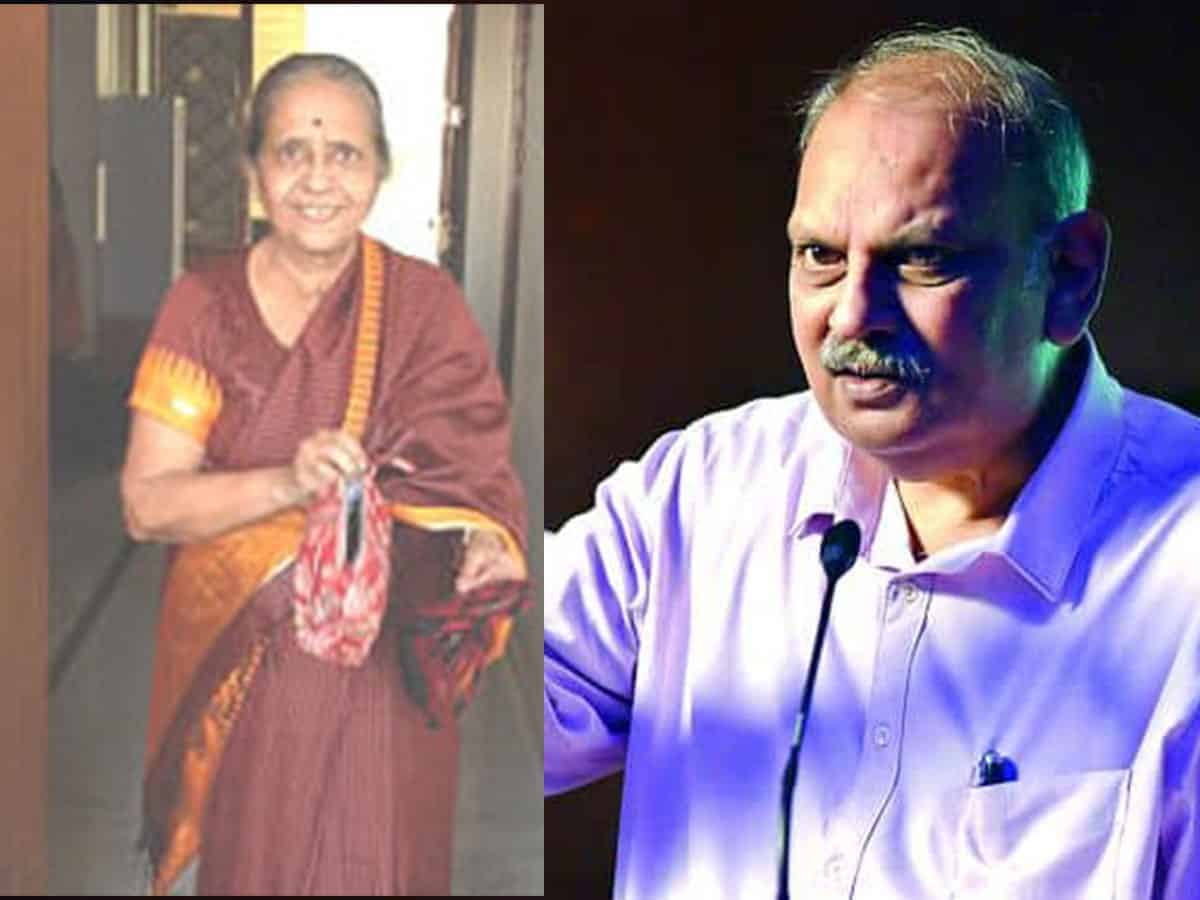Daneesh Majid
Hyderabad: Hyderabad has managed to retain its Ganga-Jamuni tehzeeb despite the onslaught of communalism apparent in other parts of country.
Two cultural history experts from the city Sajjad Shahid and Dr. Oudesh Bava Rani sat down for an online session on YouTube organised by the Manthan Forum.
Hyderabad has always been a fertile ground for syncretic traditions that amalgamate Hindu and Muslim cultures. As they attuned online audiences to essence of the city which they not only studied but imbibed especially since Rani spent some of her early years in the Nizam’s Hyderabad, one story is particularly endearing.
During Police Action Rai Mehboob Narayan, a prominent Kayasth, was mistaken for a Muslim by rioters who targeted Muslims, due to his shervani or long coat. Shahid narrated, “Because the shervani is sometimes deemed as Muslim attire, Narayan said that ‘Wallah Miyan, main Hindu hoon,’ thereby confusing the rioters.”
Living in the Old City, Kayasths like Rani used to take part in Muharram (the month of mourning for Shiite Muslims) events. Not only did Kayasths partake in the holy month’s occasions, but so did other Hindus like Shyam Raj Bahadur and a Lahoti Saheb.
“We used to refer to Lahoti Saheb as a Shiite Marwari,” jokes Rani with Shahid.
Although Shahid asked her, “Kids who exhibit to the traditions of those times are misfits in today’s society though. What to do about this?”
She replied that some deviations or outright neglect of certain traditions like loris and oral storytelling, especially with smart phones making videos and songs more accessible, can be tolerated. However, the youth have to find a way to live as one as she did with her fellow Hyderabadis. This is even more imperative with the Hindu-Muslim tensions engulfing the country.
“Plus, Hyderabadi cuisine was never just only about biryani and haleem as it is today. Hindus and Muslims used to go to each others’ homes for the simple yet comparatively ignored delights of today, ambade ki bhaaji and jawari ki roti.”
Rani even debunked some myths about the communal troubles before Hyderabad’s accession to India. One of them was that the Razakars were a Muslim force acting on the behest of Muslims. However, Hindu landlords also patronised the Razakars as they also sought to uphold a feudal system from which they too benefited along with the ruling Muslim elite.
Towards the end of the session, one of the viewers asked a question via the hosts Ajay Gandhi and Mamidipudi Ravendra Vikram, “What law or cultural aspect from the old days would you want to bring back into our most recent age?
Rani responded, “A lot of things, like the ones I just spoke about.”
Shahid though instead desired a more gastronomically appealing relic from the past which he felt is rare today — the kulcha.

